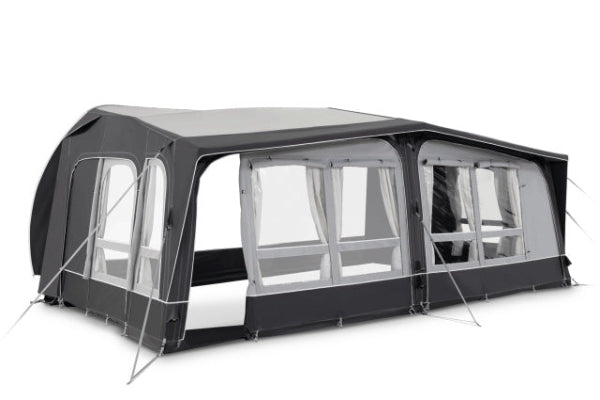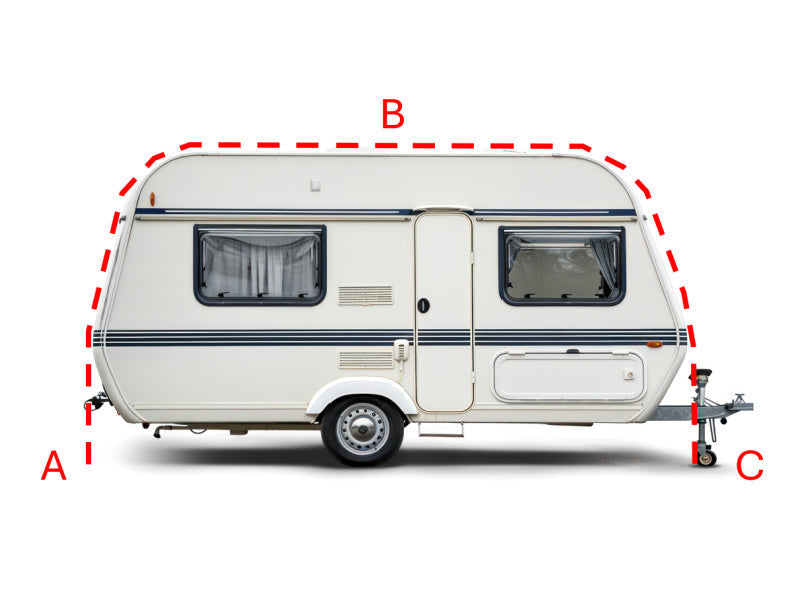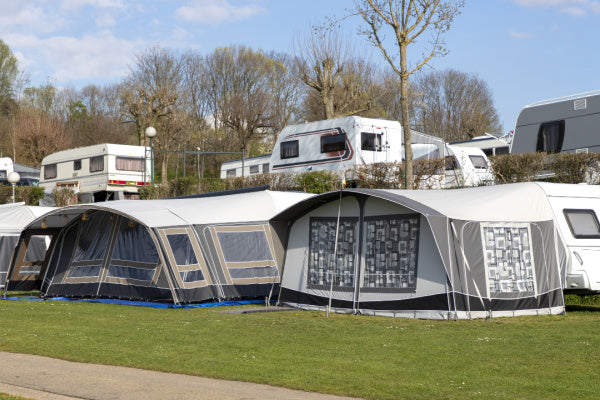How to Put Up a Caravan Awning: A Guide
Putting up a caravan awning? It’s easier than assembling IKEA furniture—promise! Just slide it through the rail, build the frame, and tension it tight. Caravan awnings turn campsites into cosy lounges. Stick around for pro tips, common mistakes to dodge, and how to keep yours standing in wild weather.
Preparation: What to Do Before You Start
Pre-Assembly Checks and Site Selection
Unpacking and Checking All Your Awning Components
Understanding your caravan awning is the first step to getting it set up correctly. It’s more than just a shelter—it adds comfort, shade, and space to your setup.
Take time to unpack your kit and check everything’s included. Familiar parts include the awning fabric, support arms, and the rail. Knowing where each piece fits saves hassle later on.

Reading the Instructions: Why It's a Crucial First Step
Yes, reading the manual can be boring—but it’s important. It gives you a head start and can prevent costly mistakes.
Even if you’ve installed one before, each brand or model can vary. Quick tip: keep it within reach during setup for easy reference.
Choosing a Level and Sheltered Spot to Pitch
Pick your spot with care. Look for an area that’s flat, free of clutter, and sheltered from strong winds.
Avoid places with poor drainage or uneven ground. Sun exposure is fine, but too much heat can also affect materials—shade helps.
Gathering the Right Tools for the Job
Your Essential Awning Toolkit: Mallet, Pegs, and Lubricant
For a smooth setup, gather the basics first:
-
A mallet to drive pegs in
-
Guy ropes for tension and stability
-
A drill if screw fixings are needed
-
Optional: silicone spray or candle wax to help the fabric glide into the rail
Having everything ready reduces stress once you're underway.
Understanding the Different Types of Pegs for Hard or Soft Ground
Not all pegs are equal. Use robust metal pegs for firm soil, and screw-in or rock pegs for tougher ground.
Drive them in at a slant—this improves grip and prevents them working loose. Always bring spares, just in case.
Preparing Your Caravan and Awning Rail
Cleaning the Awning Rail for a Smooth Feed
Before you start threading the fabric, clean the rail. Dirt or debris can snag the awning or create tension points.
A quick wipe-down makes a big difference. This simple step often gets skipped—and regretted.

Using Silicone Spray or Candle Wax to Help the Awning Slide
Apply silicone spray or rub a wax candle along the inside of the rail groove. This creates a smoother, less resistant path for the awning to glide through.
It’s especially helpful for older rails or heavier fabrics. Small trick—big payoff.
The Erection Process: A Step-by-Step Walkthrough
Attaching the Awning Canvas to the Caravan
Laying Out the Canvas and Identifying the Correct Edge
Unfold the canvas gently on clean, dry ground. Make sure the edge with the bead is easily accessible—it’s the one that goes into the rail.
Remove twists and position it for a smooth feed. This avoids snagging or uneven tension later.
How to Thread the Awning into the Rail (A Two-Person Job)
Threading works best with two people. One guides the fabric in, the other feeds it along steadily.
Take your time. Rushing can crease or damage the canvas. If resistance builds, stop and check alignment.
Centering the Awning on Your Caravan
Once the fabric is in place, slide it to centre it on your caravan. Double-check both sides are even before moving on.
This ensures balance and prevents sagging or tilt once the frame goes up.
Assembling the Frame and Raising the Roof
Laying Out the Poles in Their Correct Positions
Lay out all poles in order: central roof, side supports, legs. Keep them spaced and ready to grab.
Check joints and locks for any damage or wear before connecting. Having everything set avoids fumbling during assembly.
Building the Centre Section First for Stability
Start with the centre frame. This gives the structure a stable anchor.
Once upright, you can build outward with confidence. Don’t tighten everything fully yet—leave room for small adjustments.
Extending the Frame and Attaching the Side Poles
Connect the side arms and legs, one at a time. Make sure each fitting clicks or locks securely.
Raise the frame gradually, checking balance and tension as you go. You’ll see it start to take shape.

Pegging Out and Securing Your Awning
The Correct Pegging Sequence: Back Corners First
Always begin pegging from the back corners. This anchors the base and helps align the rest correctly.
Work forwards and outwards in a consistent pattern. It keeps the structure square and reduces tension issues.
Tensioning the Canvas and Poles Correctly
Tension is key. Tighten as per the manufacturer’s guide—too loose and it sags, too tight and it strains the material.
Make micro-adjustments once pegged to keep everything taut. Listen for creaks or resistance.
Attaching Guy Lines and Storm Straps for Weatherproofing
In unpredictable weather, guy lines and storm straps are your best friends. Anchor them securely, angled away from the awning.
Tension them evenly. If strong wind is forecast, consider using extra pegs or tie-down kits for added stability.
Final Checks for a Secure and Taut Finish
Walk around the awning and check every peg, pole, and strap. Look for slack, wobble, or sag.
Once it’s tight and balanced, step back and admire your work. Job well done—and now you’ve earned a brew.
Other content you might like:





Leave a comment